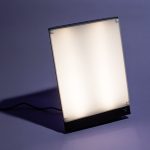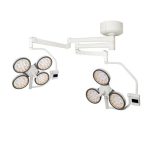The LED Revolution: Unveiling the Inventor of the LED Light Bulb
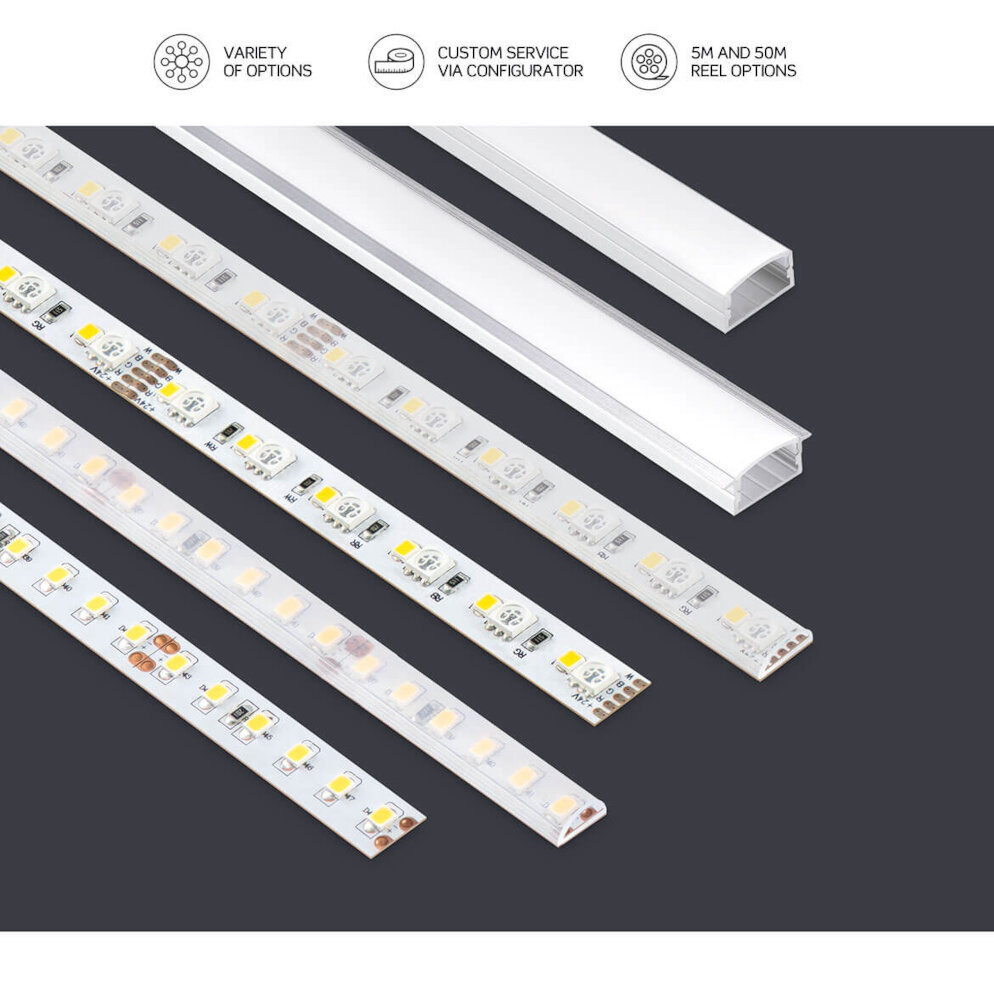
The LED revolution has taken the world by storm, changing the way we see and use light. LED technology has made its way into everything from smartphones to cars, and it’s hard to imagine life without it. But have you ever wondered who invented the LED light bulb? Who was the mastermind behind this game-changing technology?In this article, we will delve into the history of the LED light bulb and uncover the inventor behind it all. We will explore the early days of LED technology, how it has evolved over the years, and the impact it has had on our daily lives. So sit back, relax, and prepare to learn about the man who revolutionized the way we see the world.
Electricity has been around since ancient times, with the Greeks discovering that rubbing amber against animal fur created static electricity. However, it wasn’t until the 19th century that electricity became a practical source of power. The invention of the incandescent light bulb by Thomas Edison in 1879 revolutionized the world, allowing people to work and live beyond daylight hours. Over the years, lighting technology has continued to evolve, with the introduction of fluorescent and halogen bulbs. However, it wasn’t until the invention of the LED light bulb by Nick Holonyak in 1962 that lighting technology truly entered a new era. LEDs are not only more energy-efficient than traditional bulbs, but also have a longer lifespan, making them a more sustainable and cost-effective option for lighting.
The need for energy-efficient lighting is becoming more and more significant as the world population continues to grow and urbanize. Traditional lighting sources consume a significant amount of energy, which leads to a higher demand for fossil fuels and contributes to greenhouse gas emissions. LED lighting technology has emerged as a viable solution to this problem, as it uses considerably less energy and lasts longer than conventional lighting sources. Additionally, LED lighting emits less heat, making it a safer and more comfortable lighting option. Moreover, the innovative features of LED lighting, such as color control and dimming, make it a versatile and dynamic option for modern lighting design. The adoption of energy-efficient lighting is essential for a sustainable future, and the LED revolution plays a significant role in achieving this goal.
The birth of the LED light bulb
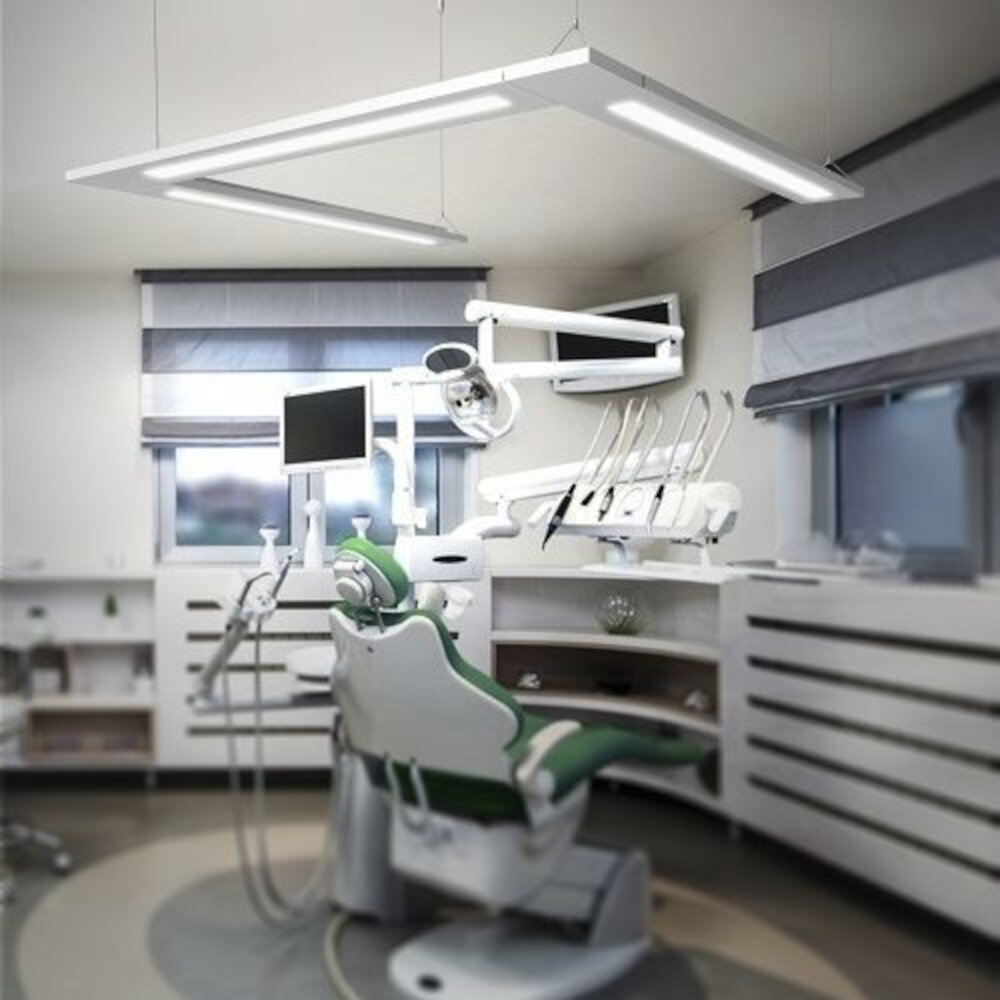
The birth of the LED light bulb is an incredible story of persistence and innovation that took place over several decades. The first LED was created in 1962 by Nick Holonyak, an engineer at General Electric. However, it was not until the 1990s that LED technology was advanced enough to be used as a lighting source. This breakthrough came when Shuji Nakamura, a Japanese engineer, developed a blue LED, which allowed for the creation of white LEDs through a process called phosphor conversion. This discovery revolutionized the lighting industry and paved the way for the LED light bulbs that we use today. The benefits of LED technology are numerous. LED light bulbs are incredibly energy-efficient, using only a fraction of the energy that traditional incandescent bulbs use. They are also long-lasting, with lifespans of up to 50,000 hours, which means that they need to be replaced less frequently. Additionally, LED bulbs do not contain harmful materials such as mercury, which is found in compact fluorescent bulbs. All of these factors make LED bulbs an environmentally friendly and cost-effective choice for lighting.
The LED Revolution has transformed the way we light up our world, and the inventor of the LED light bulb was a brilliant mind named Nick Holonyak Jr. Holonyak was born in 1928 in Zeigler, Illinois, and went on to earn a Ph. D. in physics from the University of Illinois. In 1962, while working at General Electric, Holonyak made a breakthrough discovery that would change the course of lighting technology forever. He created the first practical LED, which used a semiconductor to emit light instead of a filament. This invention revolutionized the lighting industry and paved the way for energy-efficient lighting solutions that are still in use today. Holonyak’s invention has had a significant impact on the world, and he is rightfully recognized as the father of the LED light bulb.
The LED light bulb, also known as a light-emitting diode bulb, works by passing an electrical current through a semiconductor material, which then emits light. Unlike traditional incandescent bulbs, which use a filament that heats up and glows, LEDs produce light through a process called electroluminescence. This process involves the movement of electrons from the negative to the positive side of a circuit, releasing energy in the form of light. LEDs are highly efficient, consuming less energy and lasting longer than incandescent bulbs. They also come in a range of colors and can be used in a variety of applications, from lighting homes and businesses to illuminating traffic signals and electronic displays.
The advantages of LED light bulbs over traditional lighting are immense. Firstly, LED bulbs use significantly less energy than traditional bulbs, making them much more energy-efficient and cost-effective in the long run. Additionally, LED bulbs have a much longer lifespan than traditional bulbs, which need to be replaced much more frequently. LED bulbs are also much smaller and more versatile than traditional bulbs, allowing for more creative and efficient lighting designs. Furthermore, LED bulbs do not emit heat, making them safer to use and reducing the risk of fires. Finally, LED bulbs are much more environmentally friendly than traditional bulbs, as they do not contain harmful substances such as mercury. Overall, the advantages of LED light bulbs make them a clear choice for anyone looking for efficient, cost-effective, and environmentally friendly lighting solutions.
Impact on the lighting industry
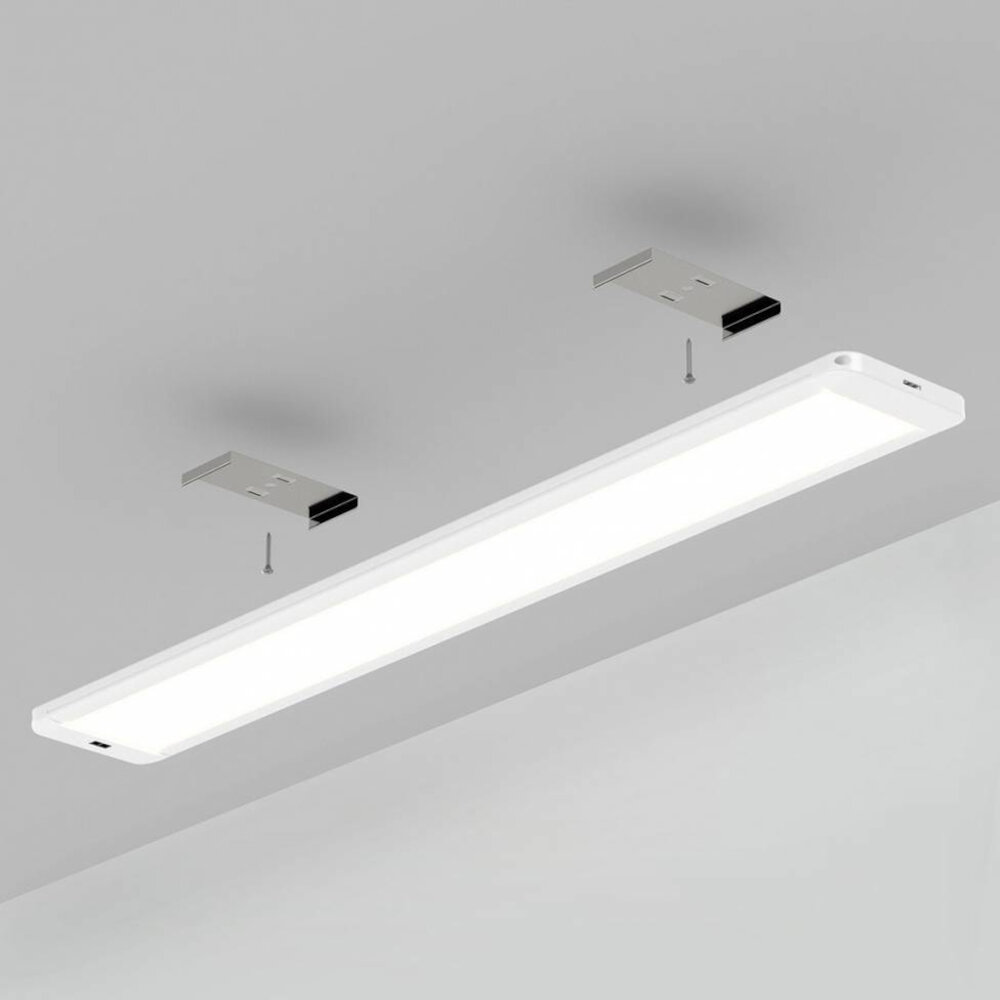
The invention of the LED light bulb has had a profound impact on the lighting industry, and it continues to shape the way we light our homes and businesses. LED bulbs are much more energy-efficient than traditional incandescent bulbs, using up to 80% less energy to produce the same amount of light. This has led to significant cost savings for consumers and businesses alike, as well as a reduction in carbon emissions and a smaller environmental footprint. LED bulbs also last much longer than traditional bulbs, with many lasting up to 25 years or more. This means that they need to be replaced far less frequently, leading to even greater cost savings and reduced waste. The LED revolution has also led to a shift in the way we think about lighting design. LED bulbs offer a range of color temperatures and hues, allowing designers to create custom lighting schemes that can enhance the mood and atmosphere of a space. They also offer greater flexibility in terms of control, with the ability to dim or brighten a room with just a touch of a button. These features have made LED lighting an increasingly popular choice for both residential and commercial applications, with many designers and architects incorporating LED lighting into their projects. The LED revolution has truly transformed the lighting industry, and its impact will continue to be felt for many years to come.
The LED light bulb has revolutionized the lighting industry due to its energy-efficiency, durability, and environmental benefits. Since their introduction in the market, LED light bulbs have gained widespread popularity and have become the preferred choice for homeowners and businesses alike. The demand for LED lights has increased tremendously in recent years, particularly due to government regulations and policies aimed at reducing carbon emissions. With their low energy consumption, extended lifespan, and ability to emit bright and clear light, LED bulbs have emerged as a cost-effective and eco-friendly alternative to traditional incandescent and fluorescent bulbs. As a result, LED lighting technology continues to evolve, offering even greater efficiency and customizable features that meet the diverse needs of consumers.
The LED revolution has had a significant impact on traditional lighting companies. With the increasing popularity of LED technology, many of these traditional companies are struggling to keep up and remain competitive. The LED bulbs are more energy-efficient and long-lasting than traditional incandescent bulbs, and they are also more environmentally friendly. This has led to a shift in consumer preferences towards LED bulbs, causing traditional lighting companies to lose market share. Some companies have tried to adapt by incorporating LED technology into their products, while others have completely shifted their focus towards LED lighting. Despite the challenges, the LED revolution has also presented new opportunities for traditional lighting companies to innovate and stay relevant in the industry.
The invention of LED technology has brought about significant changes in the lighting industry, allowing for more energy-efficient and longer-lasting lighting solutions. LED lights consume significantly less energy than traditional incandescent bulbs, which has led to an increase in demand for LED lighting products. Additionally, the longer lifespan of LED bulbs means that they need to be replaced less frequently, reducing maintenance costs and waste. LED technology has also allowed for greater flexibility in lighting design, with the ability to control color, intensity, and directionality of light. As a result, LED lighting has become increasingly popular in both residential and commercial settings, with continued advancements in technology promising even greater energy efficiency and lighting options.
The inventor of the LED light bulb
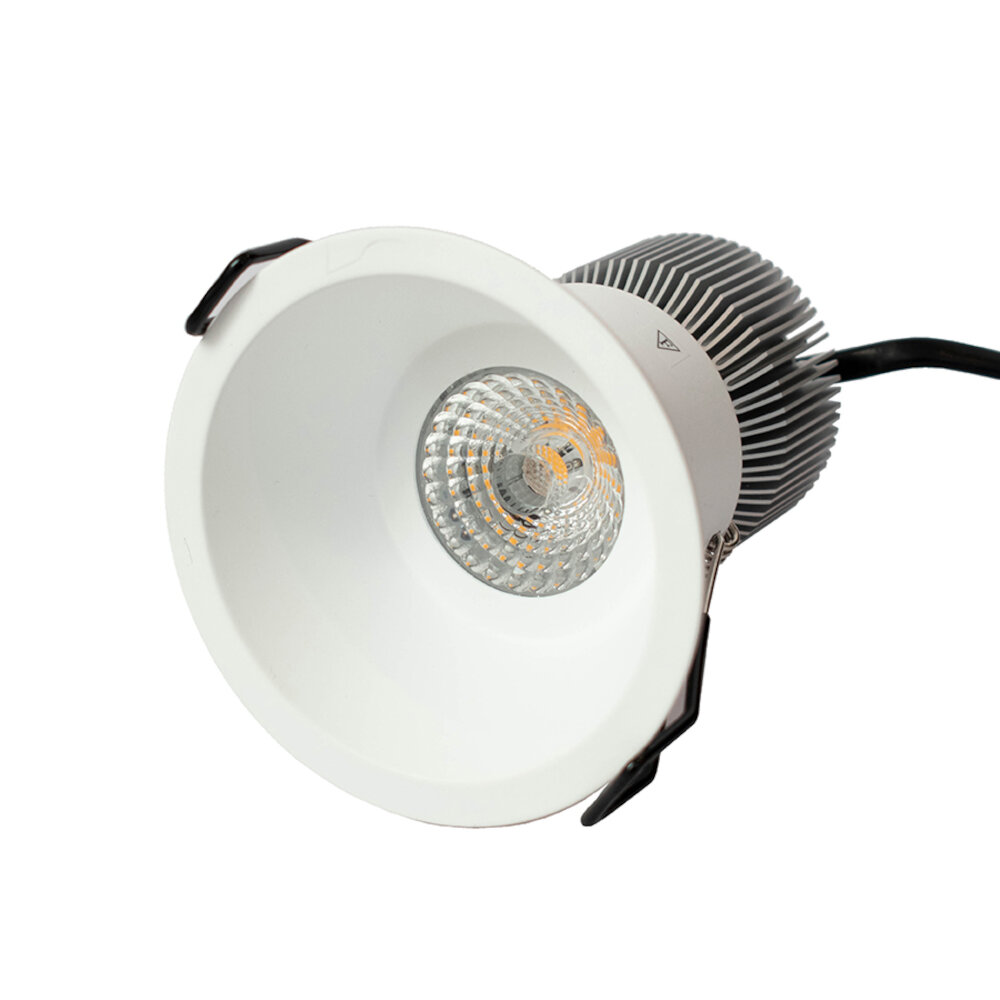
The LED light bulb, a revolutionary technology that has transformed the way we light up our homes and cities, owes its existence to a brilliant inventor named Nick Holonyak. Born in 1928 in a small town in Illinois, Holonyak was a prodigious child with a keen interest in science and engineering. After earning a degree in electrical engineering from the University of Illinois, he went on to earn a PhD at the University of Illinois Urbana-Champaign, where he began his pioneering work in semiconductor technology. It was in the early 1960s that Holonyak made his breakthrough discovery: the first practical LED (light-emitting diode). This invention was a game-changer, as it paved the way for the development of energy-efficient lighting that could last for decades. Holonyak’s LED was the first to emit visible red light, and he later went on to develop LEDs that could emit other colors, including green and yellow. Today, LEDs are used in a wide range of applications, from streetlights and traffic signals to televisions and digital displays. Nick Holonyak’s legacy as the inventor of the LED light bulb is a testament to his ingenuity and his commitment to making the world a brighter, more sustainable place.
Nick Holonyak Jr., born in 1928 in Illinois, USA, is a renowned electrical engineer and scientist who is often referred to as the \father of the LED\ due to his pioneering work in developing the first practical visible-spectrum LED in 1962. Holonyak obtained his Ph. D. in physics from the University of Illinois, where he worked with John Bardeen, a Nobel laureate, on the development of the first transistor. Throughout his career in academia and industry, Holonyak has made significant contributions to the fields of semiconductor physics and optoelectronics. His remarkable achievements include the development of the first semiconductor laser, the first light-emitting diode (LED), and the first power semiconductor device using gallium arsenide. Today, his inventions have revolutionized the lighting industry, paving the way for energy-efficient lighting solutions that are more sustainable and cost-effective.
The invention of the LED light bulb is a fascinating story of perseverance and innovation. In the early 1960s, a young scientist by the name of Nick Holonyak Jr. was working at General Electric when he began experimenting with a new type of semiconductor material known as gallium arsenide phosphide. Holonyak’s goal was to create a device that could emit light when an electric current was applied. After months of trial and error, he finally succeeded in creating a tiny, red LED. This breakthrough led to the development of new colors and ultimately the white LED, which has revolutionized the lighting industry. Holonyak’s dedication to his work and his willingness to think outside the box have paved the way for a brighter and more energy-efficient future.
Nick Holonyak, the inventor of the LED light bulb, has made a significant impact on the lighting and semiconductor industry. Since the development of the first visible LED in 1962, Holonyak’s innovation has revolutionized the way we light our homes and buildings. The energy-efficient LED light bulb has replaced traditional incandescent bulbs, saving energy costs and reducing carbon emissions. Holonyak’s invention has also paved the way for the development of other LED applications, such as traffic lights, automotive lighting, and electronic displays. Holonyak’s contribution to the semiconductor industry has been significant, with his development of the first practical semiconductor laser leading to the creation of optical communication systems, CD players, and barcode scanners. Holonyak’s impact on the lighting and semiconductor industry is immeasurable, and his legacy will continue to shape the technological landscape for years to come.
The future of LED lighting
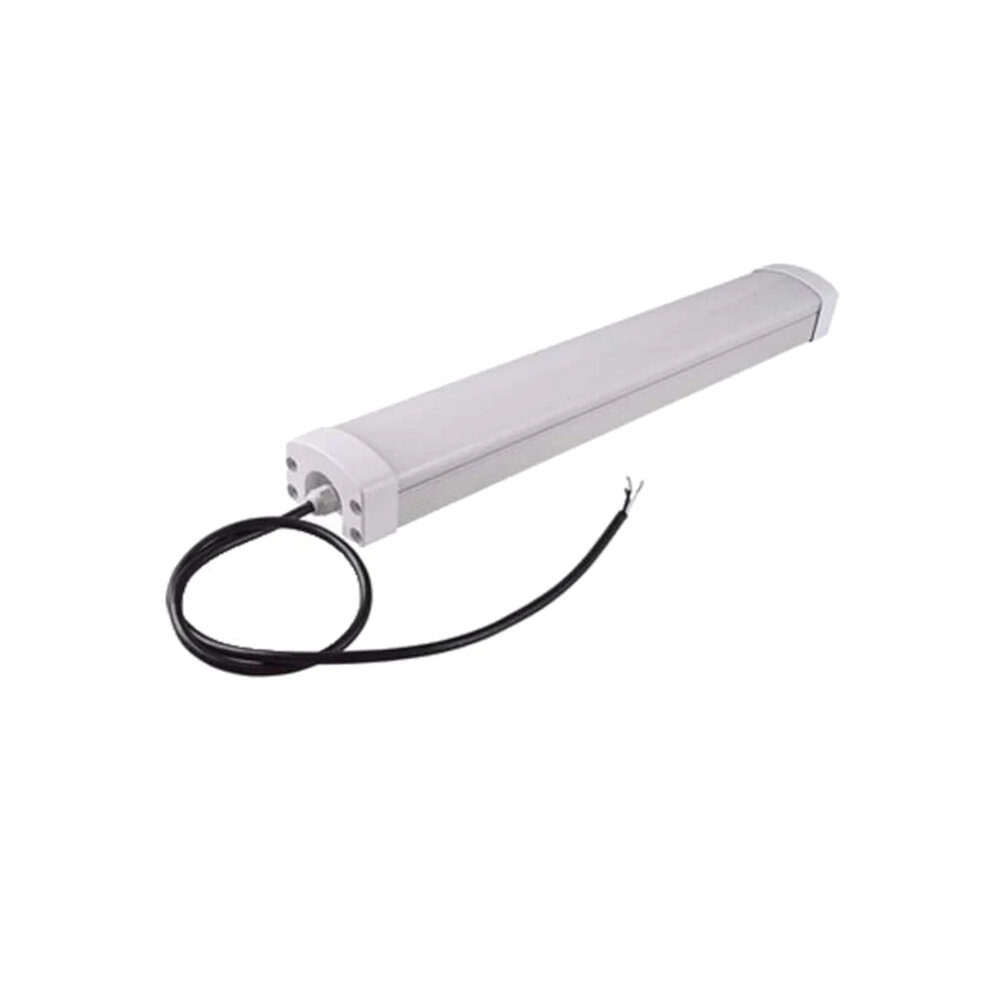
The future of LED lighting is one of boundless possibilities. As the world becomes increasingly aware of the need for energy-efficient and sustainable solutions, LED lighting is positioned to take center stage. One of the most promising areas of development is the integration of LED technology with smart homes and the Internet of Things. This would allow for greater control and customization of lighting, as well as energy savings through automated dimming and scheduling. Additionally, advancements in LED technology are making it possible to produce more natural-looking light, which has important implications for human health and well-being. LED lighting is also becoming more affordable and widely available, making it accessible to a larger segment of the population. Another area of innovation in LED lighting is the use of organic LEDs (OLEDs), which offer even greater design flexibility and energy efficiency. OLEDs can be made into thin, flexible sheets that can be integrated into a variety of surfaces, from walls and ceilings to clothing and furniture. This opens up new possibilities for lighting design and architecture. Additionally, OLEDs are capable of producing a wider range of colors, which could lead to more creative and dynamic lighting solutions. As OLED technology continues to develop, it is likely that it will become a major player in the lighting industry, offering a sustainable and visually stunning alternative to traditional lighting sources.
Ongoing research and development are essential components of the LED revolution. The discovery of LED technology in the 1960s has led to a continuous search for better and more efficient lighting solutions. Today, researchers and scientists are constantly exploring new materials and methods to improve LED performance, reduce energy consumption, and increase longevity. The development of high-efficiency blue LEDs has been a significant breakthrough in LED technology, leading to the creation of white LEDs that are now widely used in lighting applications. Ongoing research focuses on enhancing the color rendering index (CRI) of LEDs to match that of natural light, as well as developing smart lighting systems that can be controlled remotely and tailored to individual preferences. The future of LED technology is bright, with ongoing research and development promising to improve energy efficiency and revolutionize the way we light our homes, offices, and cities.
The LED technology has been evolving rapidly since its inception, and the advancements in this field are expected to continue in the future as well. One of the most significant potential advancements in LED technology is the development of more efficient and brighter LEDs. Researchers are exploring ways to increase the efficiency of LEDs by reducing the amount of energy lost in the form of heat. Furthermore, the development of new materials, such as graphene and quantum dots, can enhance the color quality, brightness, and energy efficiency of LEDs. Additionally, the integration of LEDs with other technologies, such as Internet of Things (IoT) and Li-Fi, can provide new opportunities for smart lighting and high-speed data transmission.
LED lighting has played a significant role in the advancement of sustainable energy. The high energy efficiency and long lifespan of LED bulbs have made them a preferred alternative to traditional incandescent and fluorescent lighting options. LED bulbs use significantly less energy and emit less heat, which reduces the energy required for cooling a room. Therefore, LED lighting is an eco-friendly and cost-effective lighting solution. Additionally, the reduced energy usage of LED bulbs results in a lower carbon footprint, making them an excellent choice for environmentally conscious businesses and individuals. The LED revolution has transformed the lighting industry, and with further advancements in technology, it is expected to continue to play a vital role in the transition towards sustainable energy.
The LED revolution has transformed the world of lighting and energy consumption. The invention of the LED light bulb has had a significant impact on the environment, reducing energy consumption and lowering carbon emissions. The LED bulb is highly efficient and has a longer lifespan than traditional incandescent and fluorescent bulbs. The revolution has also led to the development of new lighting products, including smart bulbs that can be controlled remotely via a smartphone app. As a result, consumers have more choices and are becoming increasingly aware of the benefits of LED lighting. The LED revolution has also created new industries and job opportunities, driving innovation and economic growth. Overall, the LED revolution has been a game-changer in the world of lighting and energy efficiency.
Nick Holonyak Jr. is an inventor who has made a significant contribution to the world of technology. He is the man behind the development of the LED light bulb, a revolutionary innovation that has transformed the way we light up our homes and offices. His work has had a profound impact on the world, with LEDs now being used in a wide range of applications, including street lights, car headlights, and smartphone screens. Holonyak’s groundbreaking work has earned him numerous accolades, including the National Medal of Science, and his legacy continues to inspire a new generation of inventors and engineers. It is important to acknowledge his contributions and recognize the impact he has had on modern society.
In conclusion, the future of LED lighting looks bright, with ongoing advancements in technology and increasing demand for energy-efficient lighting solutions. The potential for LED lighting to transform the way we light our homes, businesses, and cities is immense, with benefits ranging from reduced energy consumption and cost savings to improved health and well-being. As LED lighting continues to evolve, we can expect to see even more innovative and sustainable lighting solutions emerge, making our world brighter and more sustainable than ever before. The LED revolution is truly just beginning, and we can’t wait to see what the future holds.
Conclusion

In conclusion, the LED revolution has transformed the way we illuminate our world, and it all started with the groundbreaking invention of the LED light bulb. The inventor, Nick Holonyak Jr., is a true pioneer in the field of electrical engineering and his contribution to the lighting industry cannot be overstated. Holonyak’s perseverance and dedication to his craft led to the creation of a technology that has revolutionized the lighting industry and paved the way for a more energy-efficient and eco-friendly future. The LED light bulb has not only changed the way we light our homes and cities, but it has also had a significant impact on the environment by reducing energy consumption and greenhouse gas emissions. Holonyak’s innovation has truly changed the world and his legacy will continue to shine brightly for generations to come.

